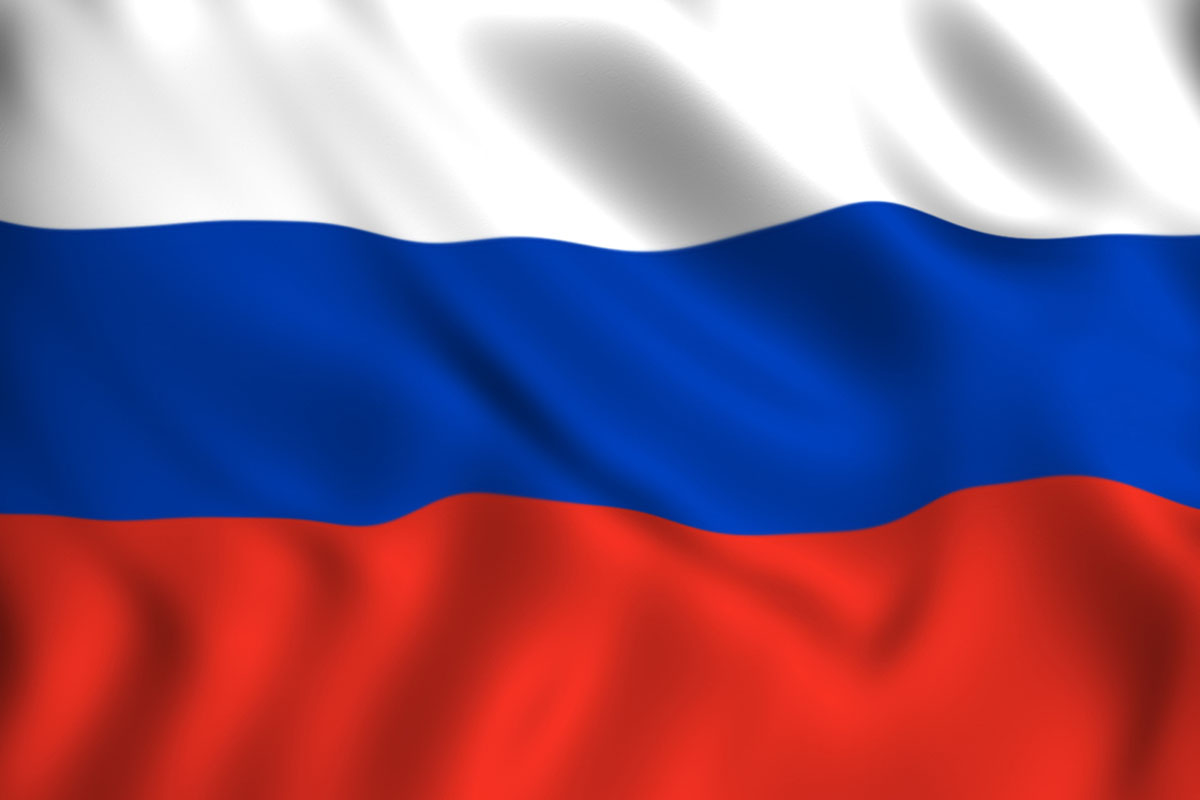A maritime struggle is raging in the Black Sea with Russia firing warning shots at a British destroyer in disputed waters off Crimea.
This is yet another confrontation between the Kremlin and Western powers in the wake of the imprisonment of dissident Alexei Navalny.
Advertisement
The last time Russia fired on a British warship was in 1919, when a Bolshevik submarine torpedoed a destroyer in the Gulf of Finland.
The last time it happened in the Black Sea was during the Crimean war over 165 years ago. It was a surprise, therefore, when Russia declared that it had not only fired warning shots at HMS Defender, a British destroyer passing through Crimean waters on June 23, but had also dropped bombs in its path. The sequence of events has been contested, but the Kremlin has almost certainly upped the ante.
Russia claims that the British warship crossed 3 kilometres into its territorial waters off Crimea, near Cape Fiolent. When the Soviet Union broke up in August 1991, Crimea became part of Ukraine. Russia occupied and annexed the country in 2014.
It thus claims the patch of sea in question, even though most countries, including Britain, regard the annexation as illegal. Russia said it “halted the violation” with warning fire and, 11 minutes later, with bombs dropped from Su-24 bombers.
The maritime tussle has escalated, though there are indications that the ship did indeed transit Crimean waters, arguably to show that it still considers the area a part of Ukraine. Britain’s defence ministry said that Defender carried out a “routine transit” from Odessa to Georgia through Ukrainian waters.
There were no shots fired at the ship, it says, nor bombs dropped in its path, only a previously announced Russian gunnery exercise nearby.
The shots were suitably audible, though presumed to be “out of range” of the ship, and more than 20 Russian planes flew overhead. Predictably, Russian state television has played up the incident, portraying it as part of an American plot to encircle and undermine Russia.
The Kremlin initially cited Nato aggression as justification for the annexation and subsequent fortification of Crimea. It may be sometime before the world gets to know exactly what happened.
There is little doubt though, that it was extraordinary. Western countries routinely decry Russia’s occupation and annexation of Crimea and the European Union has extended economic sanctions on Russia after the annexation and for the eighth successive year.
The cache of curbs was imposed as recently at the Nato summit on June 14. On June 23, the European Union extended economic sanctions on Russia stemming from the annexation. Britain’s move was bold, yet risky.
Russia has built up a large military presence in Crimea, including advanced missile, air-defence and jamming systems. HMS Defender was a considerable distance from HMS Queen Elizabeth, the aircraft-carrier that she escorts, currently on the other side of the Bosphorus in the Mediterranean.
Britain’s willingness to run the risk reflects its sour relationship with Russia, which has not recovered from Russia’s attempted assassination of Sergei Skripal, a former Russian intelligence officer, on its soil three years ago.
